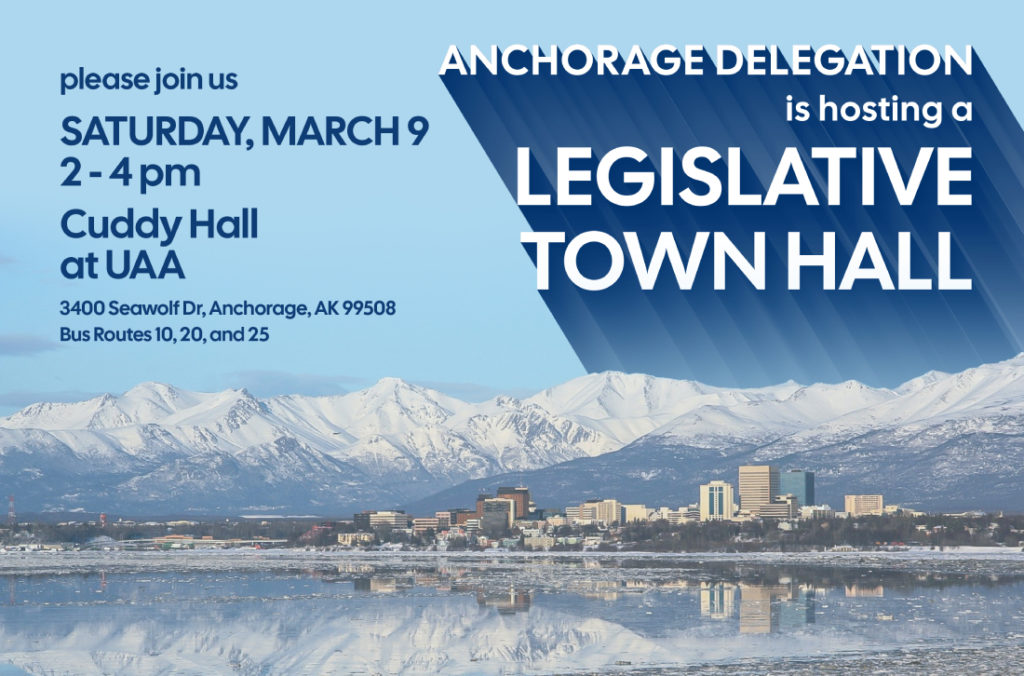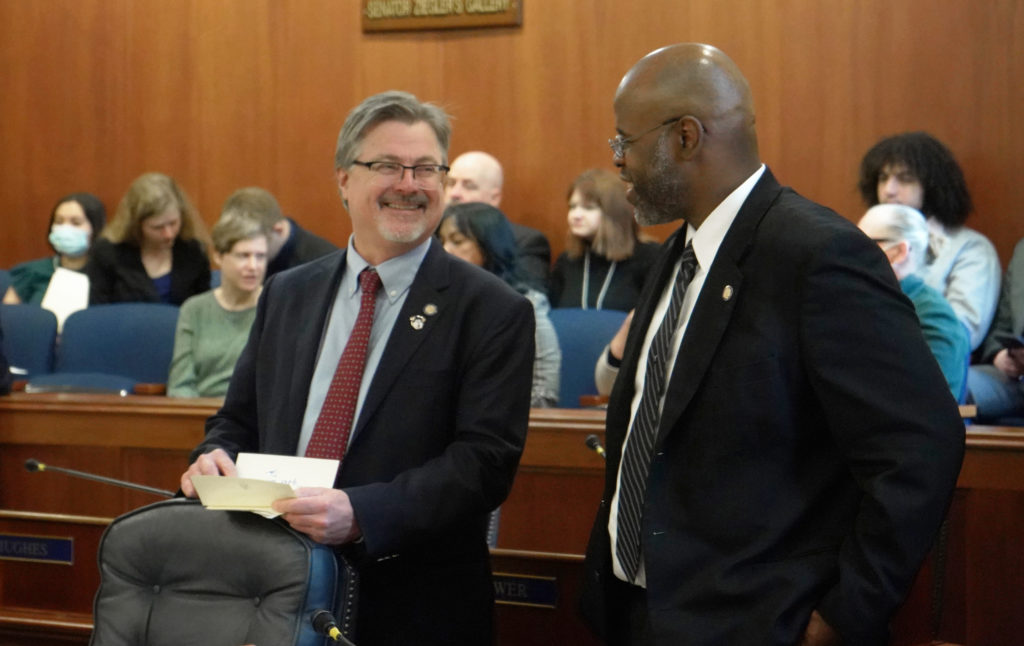Alaska needs a path forward, and Alaskans deserve the most productive path, one that maximizes our incredible potential.
During my 2020 campaign to represent Alaska House District 28, I was often asked to explain why I was running and what I would do differently.
I said then that I thought Alaska has not been managed for best results. We deserve better than business-as-usual. We need more performance, less waste.
What would I do differently?
I can make a difference using problem-solving techniques learned during my career in quality and project management.
- Study the problem and define it accurately.
- Determine root causes, seek to understand underlying conditions. Treating symptoms is not the cure.
- Develop corrective action plan(s) using knowledge learned in steps 1 – 2.
- Implement corrective action plan(s) while managing the impacts of changes.
- Monitor improvements and sustain progress. Adjust using steps 1 – 4 as problems arise.
If what is described above doesn’t sound like can-kicking government business-as-usual, it’s not. So, let’s apply this process to one of our biggest challenges.
Step 1: Defining the problem
Alaska has a structural fiscal imbalance. Symptoms include revenue not matching our spending, use of our savings account to cover expenses, and abrupt policy changes. We have a lagging economy along with declining resource revenue, and a shrinking population.
We need a coherent set of policies that work together to control spending while optimizing benefit from our resources.
The governor, past and present fiscal policy work groups, and others have taken on the “comprehensive fiscal plan,” but Permanent Fund Dividend/Revenue combinations have monopolized the current conversations.
I’ve also been working on fiscal policy. I am now presenting a key component of my plan to improve our fiscal balance, which I believe to be the top issue now on the table.
Step 2: Determining root causes
Spending: Alaska has been operating without an effective appropriation limit for nearly 40 years. The current limit was enacted in 1982, when approaching peak oil production. The timing, plus a population and inflation adjustment, have created a cap too high to control spending.
Productivity: Resource revenues have declined while we have been operating in ways that do not support a healthy, productive economy. Flawed or outdated processes have decreased satisfaction, transparency, and trust. There is immense opportunity if we can do a better job investing in Alaska and Alaskans.
Step 3: Corrective Action Planning
Goal: Develop policies that prioritize stability, control spending, and increase the health of our private sector. Use measurements and control mechanisms that are relevant.
To accomplish this, I have submitted legislation proposing a new, functional cap which will use a factor based upon a five-year trailing average of private sector economic performance within Alaska’s borders. Specifically, the factor being averaged is real GDP minus government spending.
If the government wants to spend more, it must support policy that will enable the growth of our private sector (productive) economy. A spending limit tethered to our GDP creates a constructive link to our private sector and ensures that government doesn’t outgrow the economy that it’s meant to support. This proposal would set a spending cap roughly at current levels and would include a constitutional provision allowing for some flexibility in the case of unforeseen risks.
The results of the legislation would be the following:
- Our revised upper control limits would refocus and prevent chronic overspending.
- The link to our private sector performance would incentivize beneficial policy, enable prosperity, and increase revenue from economic activity.
- Pressure on the permanent fund as a funding source will decrease in the presence of increased prosperity and resultant revenue.
- Using a 5-year rolling average creates predictability. Spending during short-term downturns will be slightly inflated by the averaging, while government growth will lag slightly behind in sharp upward trends.
- A resilient Alaskan economy is a good counterbalance to the Permanent Fund’s reliance on global investment.
- Lastly, we can avoid the trap of becoming a “financialized” economy that relies only on the permanent fund while ignoring other opportunities. There is a real hazard of becoming a trust-fund state with a trust-fund government that does little to develop its people and resources.
Step 4: Implementation
On Aug. 16, the Legislature will return to Juneau for a third special session. The agenda includes an appropriation limit.
Hopefully my proposed legislation will pass. We need to create a strong link between government and our productive economy before it’s too late. Let’s be productive and take this opportunity.




